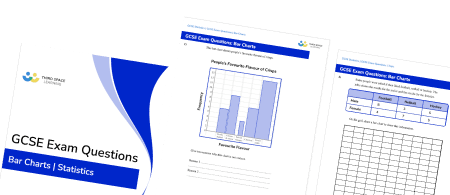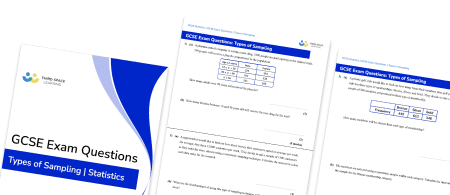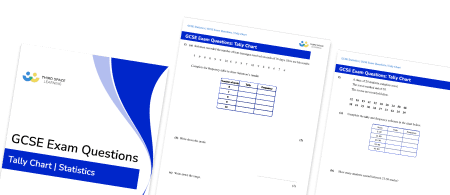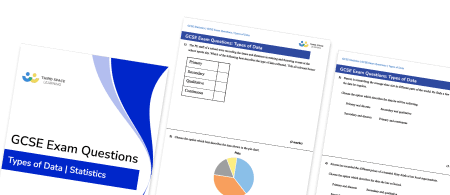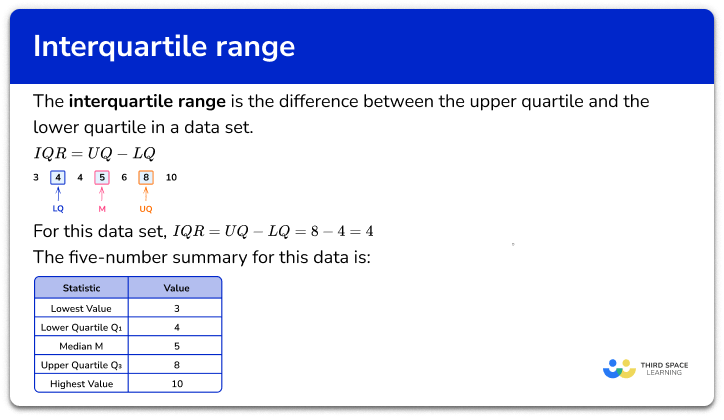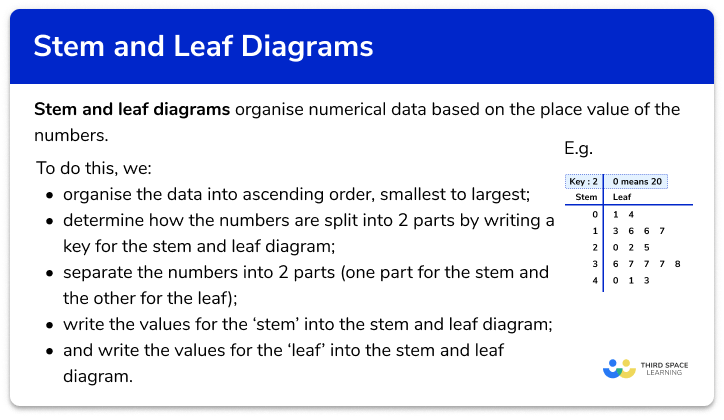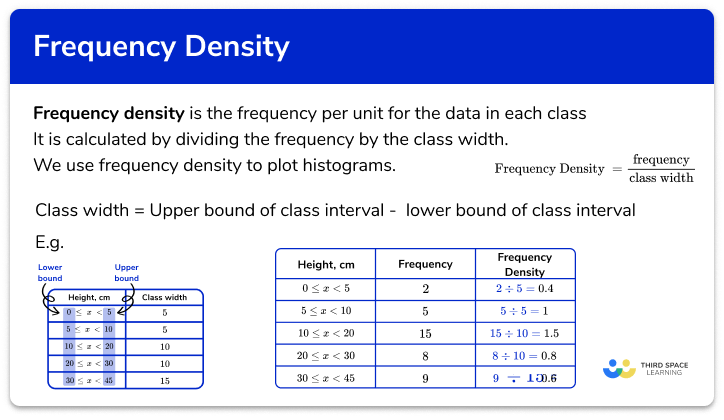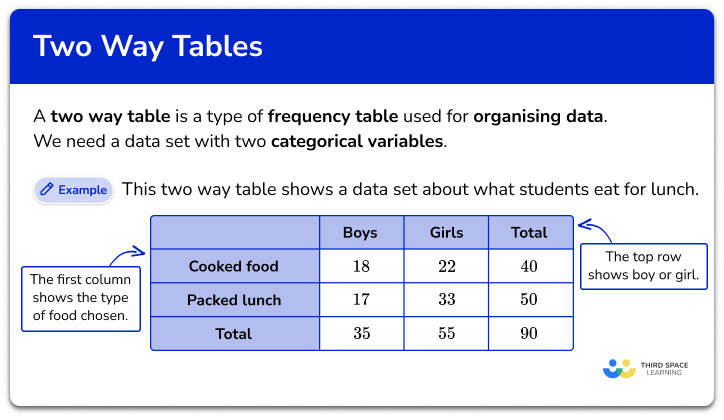FREE DOWNLOAD
Tally Charts Worksheets

Help your students prepare for their Maths GCSE with this free tally chart worksheet of 24 questions and answers
- Section 1 of the tally graphs worksheet contains 20 skills-based tally chart questions, in 3 groups to support differentiation
- Section 2 of the printable worksheet contains 1 applied tally chart question with a word problem
- Section 3 of the tally marks worksheet contains 3 foundation and higher level GCSE exam style practice questions
- Answers and a mark scheme for all exam questions are provided
- Questions follow variation theory with plenty of opportunities for students to work independently at their own level
- All maths resources are created by fully qualified expert secondary maths teachers
- Suitable for GCSE maths revision for AQA, OCR and Edexcel exam boards
- Free downloadable and printable resources
Unlock access to download your free resource
You can unsubscribe at any time (each email we send will contain an easy way to unsubscribe). To find out more about how we use your data, see our privacy policy.
Tally chart at a glance
We use tally charts to collect information in order to efficiently count things in a number of categories. A general template of a tally chart usually has three columns; the categories, the tally column and the total frequency column.
In order to make tally charts we draw or use a table with the categories listed in the first column (e.g. students in 1st grade, 2nd grade, 3rd grade). We then draw tally marks next to the appropriate category for each item we count. Tally marks are drawn in groups of 5, with 4 vertical lines followed by a diagonal line across the 4 to make a group of 5 (hence the five bar gate). Once we have finished counting, we can easily find the total number of tally marks and write the total frequency in the frequency column.
Looking forward, students can then progress to additional representing data worksheets and other statistics worksheets, for example a line graph worksheet or mean, median mode and range worksheet.

For more teaching and learning support on Statistics our GCSE maths lessons provide step by step support for all GCSE maths concepts.
When you have students who require more intensive support our one to one GCSE maths revision programme will match them with the most appropriate tutor. This way we can provide individual students with personalised programmes of study while you continue to teach the rest of your class as a whole group.
Our maths interventions, including our step by step lessons and math worksheets, are currently only available for GCSE students, and are not suitable for A level students.
Do you have students who need additional support to achieve their target GCSE maths grade?

There will be students in your class who require individual attention to help them succeed in their maths GCSEs. In a class of 30, it’s not always easy to provide.
Help your students feel confident with exam-style questions and the strategies they’ll need to answer them correctly with personalised online one to one tutoring from Third Space Learning
Lessons are selected to provide support where each student needs it most, and specially-trained GCSE maths tutors adapt the pitch and pace of each lesson. This ensures a personalised revision programme that raises grades and boosts confidence.

